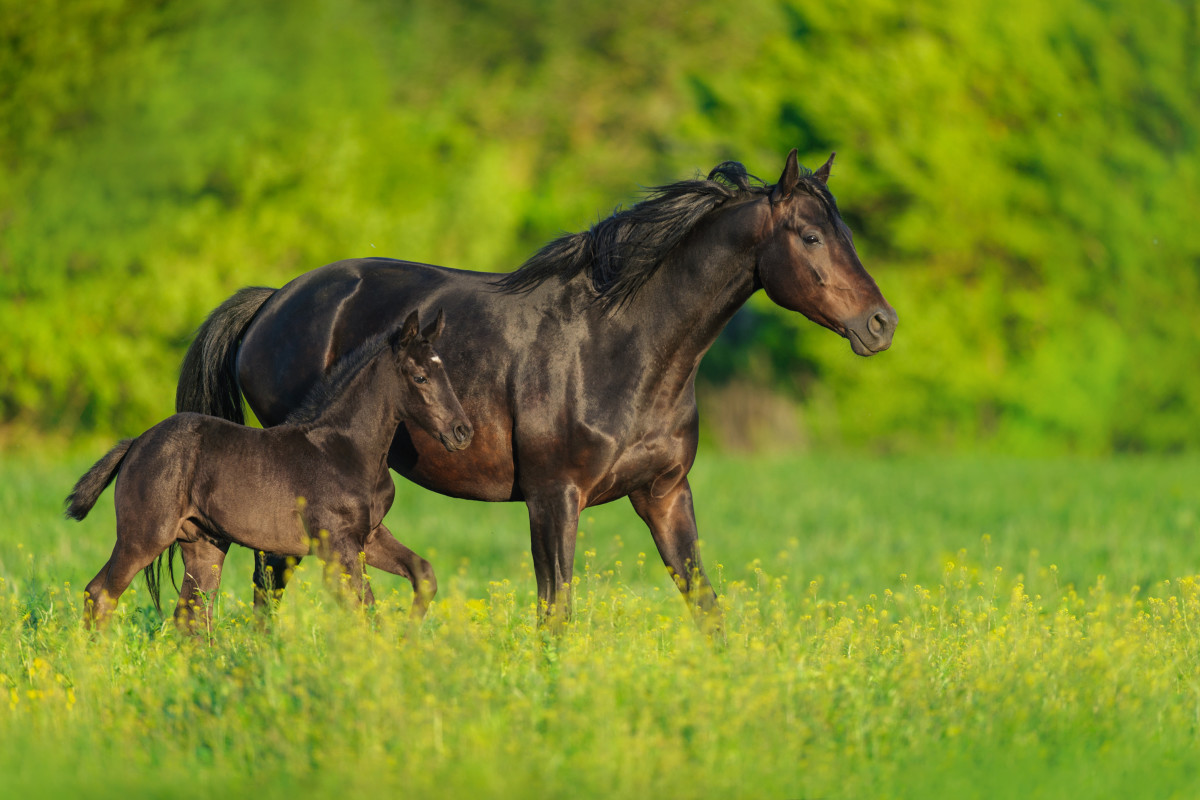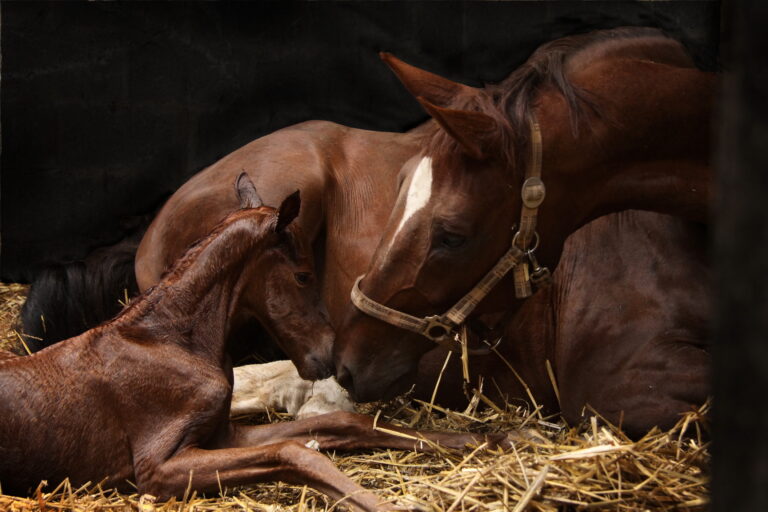
A research study titled “Foal-level risk factors associated with development of Rhodococcus equi pneumonia at a Quarter Horse breeding farm” was published in the Journal of Equine Veterinary Science. Following is the abstract.
Abstract
“The occurrence of R. equi at farms varies, with disease occurring endemically at some farms, but only sporadically or not at all at other farms. Only some foals residing on endemic farms develop clinical signs of disease. Limited evidence is available regarding foal-level risk factors for development of R. equi pneumonia.
“The purpose of this study was to identify foal-level risk factors associated with the development of R. equi pneumonia among foals at a large breeding farm in Texas with a recurrent problem of R. equi pneumonia. A retrospective cohort study was conducted using data from foals born at the farm from January 2009 through December 2011 that met the criteria for inclusion. Dam-level, foal-level, and health-related data were collected from all foals. Independent variables were analyzed with logistic regression, controlling for the effect of year.
“Data from 787 foals born at the farm were included, of which 209 (27%) developed R. equi pneumonia. The cumulative incidence of disease at the farm varied significantly by year. Foals that were diagnosed with a prior morbidity besides R. equi were less likely to develop R. equi pneumonia.”
Authors
The authors of this study were: Michelle C. Coleman, E. Bevevino, G. Kent Carter, Noah D. Cohen, Department of Large Animal Clinical Sciences, College of Veterinary Medicine & Biomedical Sciences, Texas A&M University, College Station, Texas; Glen P.Blodgett, 6666 Ranch, Guthrie, Texas; Kari RenataIvanek and Kevin J.Cummings, Department of Veterinary Integrative Biosciences, College of Veterinary Medicine & Biomedical Sciences, Texas A&M University, College Station, Texas.
You can obtain or purchase access to this article here.








